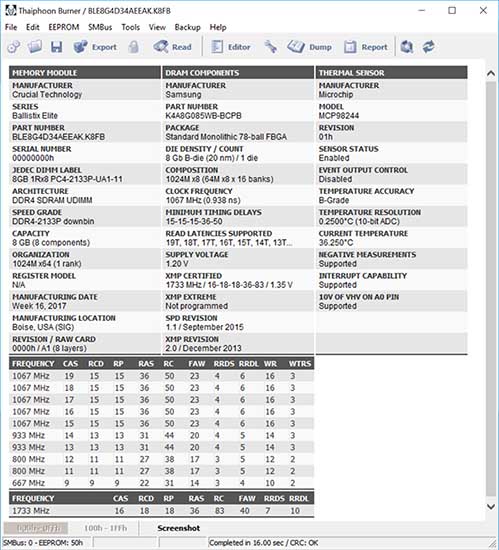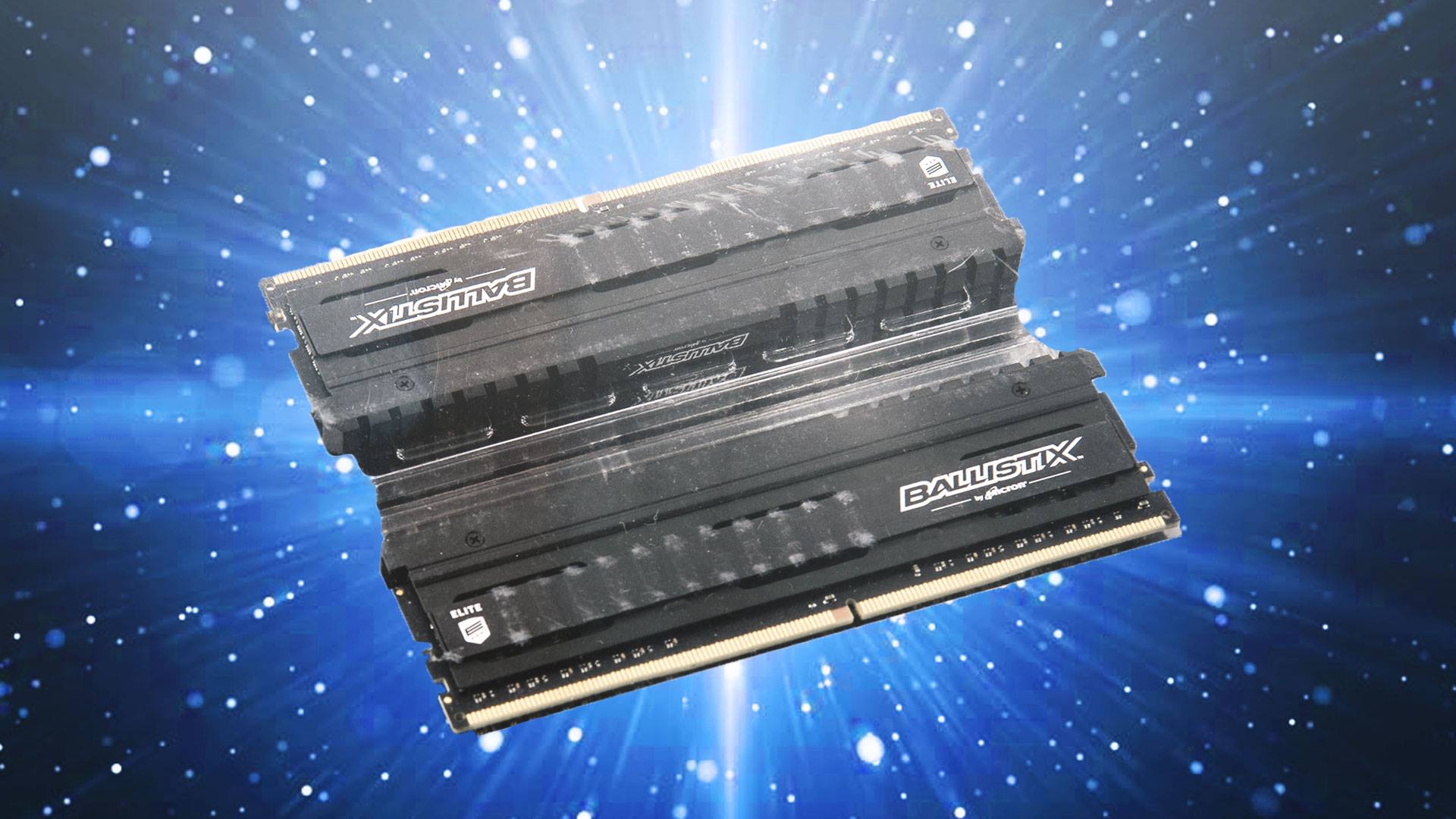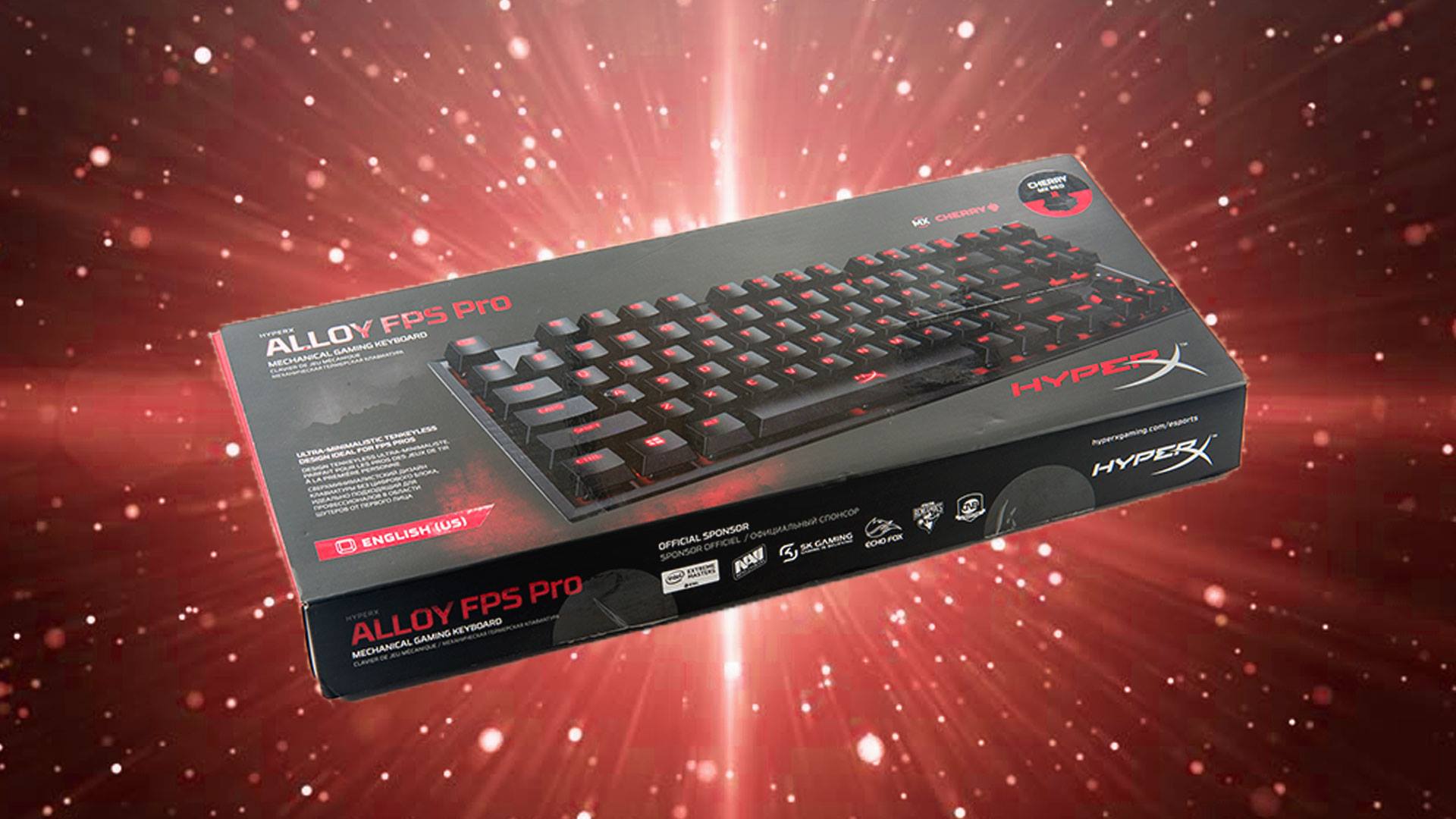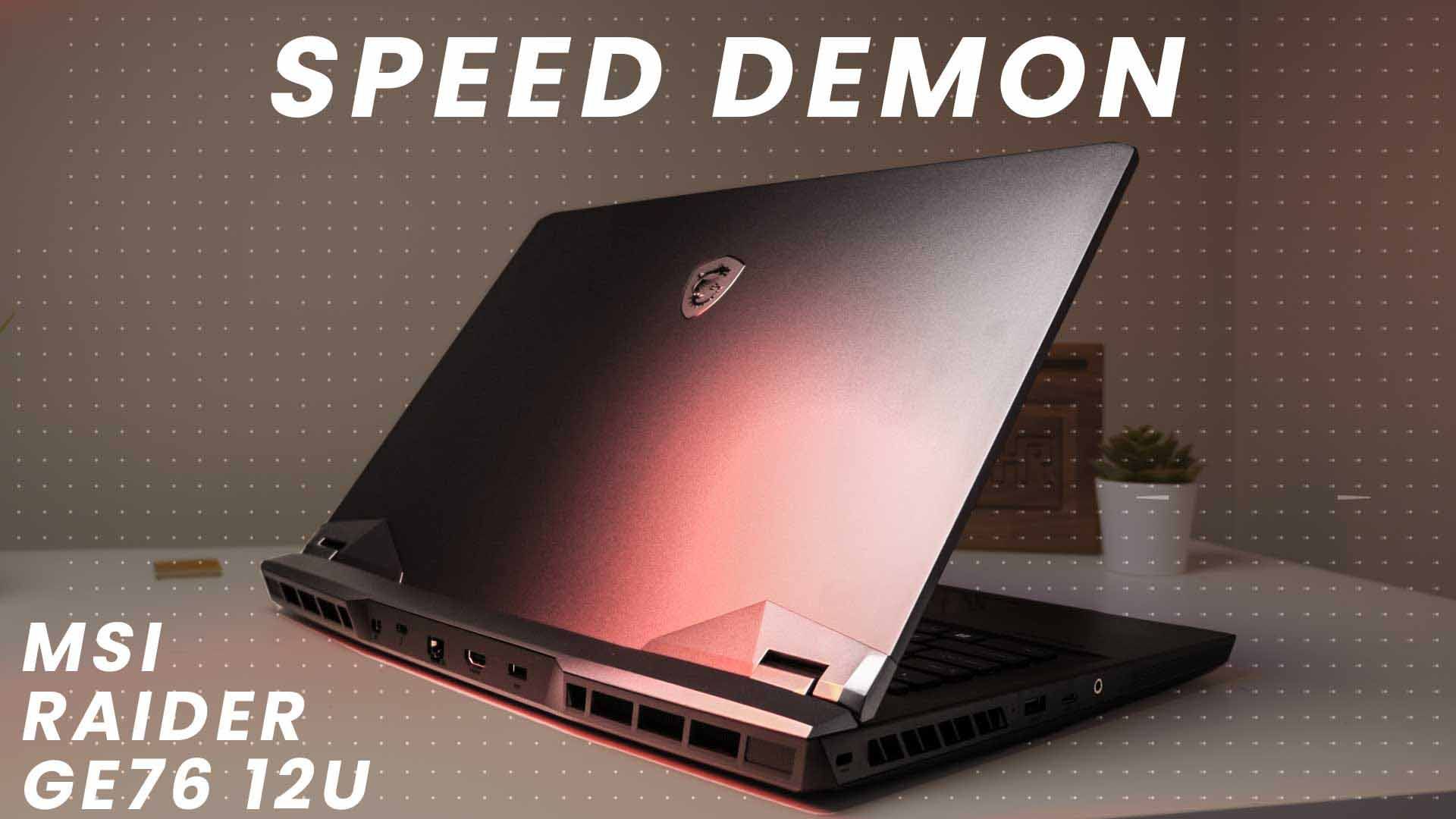Let’s start with the obvious in that using four sticks instead of two is seemingly harder to get to work with Ryzen systems. The fact is that since A.G.E.S.A. 1.0.0.6a (AMD Generic Encapsulated Software Architecture) update landed this really is not the case… or is not as long as you use Samsung B-Die based DDR4 sticks. Our personal experience is that four 8GB sticks actually work better, and are less temperamental, on average compared to two 16GB sticks.
This is because AMD has worked hard to make their new Ryzen tech work with as wide a range of RAM as possible. They still have a ways to go, especially with 16GB or higher density sticks, but with 4GB and 8GB sticks it is no longer the critical issue it was when Ryzen was first released. Just make sure that if you are going for DDR4-3000 or higher to opt for Samsung and not Hynix based RAM. Most of our issues with 32GB kits can be traced back to a given model using Hynix, not Samsung, and trying to go above DDR4-2666. Honestly at 2666 and even 2800 it really does not matter all that much. It just matters when you are looking for no compromises. No compromises on capacity. No compromises on performance. Then it does matter.

As you can see, the Ballistix Elite DDR4-3446 kit is indeed using Samsung B-Die’s to power this kit of RAM. For those interested the free Thaiphoon Burner program (found here http://www.softnology.biz/files.html) will easily confirm that your set of RAM is also Samsung and not Hynix based. As such if you are running into Mister Murphy this would be the first thing we would check. If it is Hynix… there is your answer. Hynix sets can be made to work, most of the time, but it does take a lot more TLC than Sammy IC’s.
Next, on first blush four sticks means twice the command latency of 2T vs 1T. If you are using a low end motherboard this can actually still be worth considering. However, as we will show in the overclocking section a sub-two hundred dollar (USD) motherboard had zero issues pushing our CPU’s IMC and our Ballistix Elite sample to 1T rates – at relatively tight timings we might add. This too makes it easier to justify going for 32GB of random access memory instead of 16GB that was the ‘safe bet’ when Ryzen landed.

With that out of the way let’s take a closer look at the Ballistix Elite 4x8GB DDR4-3446 kit that we were able to obtain for this review.

Actually, let’s start with a brief rundown on Ballistix’s three main lines. We have gone over this in the past but it bears repeating. Ballistix actually does overlap frequencies a bit on their lines so choosing the right model is just as important, if not more, as choosing the speed. As a ‘Tl;DR’ the Sport is for value orientated consumers who prize price over shear performance, Elite is for performance enthusiasts who don’t like to make compromises on anything besides their budget, and Tactical is the everyman kit which offers good value and good performance but is not the best at either – as it is a balancing act between these two main considerations. When in doubt it is hard to go wrong with going up a step from what you think – as all you will be doing is wasting a couple bucks and not end up being frustrated with the performance a given model is capable of. Of course it is best to actually choose the right model for your needs so as to not waste either time nor money… but when in doubt Tactical or Elite is hard to beat.

So what is the differences between these three series? Or put another way what makes an Elite an Elite and not a Tactical? After all, they all come in the same plastic clamshell packaging. All come with a lifetime warranty. All are even reasonably priced for their class. First and foremost is factory binning. The Elite goes through a lot more factory testing and binning with only the cream of the crop making the ‘Elite’ grade. Then they are binned on frequency performance and voltage requirements.
This is where things can get a touch confusing. The Sport / Sport LT series comes in frequencies that range from DDR4-2400 to DDR4-266. The Tactical series goes from DDR4-2666 to DDR4-3200, and the Elite is DDR4-2666 to DDR4-3600. However, the timings at a given frequency are where they differ. Sport’s have looser timings than Tactical, and Tactical have looser than Elites. Basically if you want tight timings at higher frequencies the Elite is the best choice, whereas if you want tight timings at lower speeds… the Tactical is probably good enough as honestly, the difference really will not be noticed by many.

The next way they vary is in the robustness of their heat spreaders and heatsink design. All three lines are fairly low-profile, but the Elite is the tallest and thickest as they need the extra mass to keep the RAM cool when pushed to the very edge. Basically the Sport uses thin heatsinks that are darn near standard height profile and are mainly for aesthetics more than performance – they still do move heat but not nearly as effectively as the Tactical. The Tactical is a bit better with heatsinks that can actually move a surprisingly amount of heat away from the memory modules… but the Elite’s are thicker and noticeably heavy in comparison.

Equally important the Elite series, like the DDR4-3446 reviewed today, may only be slightly taller but the top of each DIMM has a – relatively – massive hunk of metal on top. This in conjunction with the integrated (small) cooling fins means that any air moving over the top of the Elite DIMMS (say via a CPU cooler’s fan) means that not only is the heat removed from the memory modules but then radiated efficiently into the air.
At this critical task the Elite’s heatsink design works better than many taller heatsink designs and really is good enough to not need active cooling. We pushed this kit hard and even on an open test bench they never got more than slightly warm to the touch. When installed in a case with good airflow we truly doubt that 99.999 percent of people will ever find their cooling abilities lacking.

This certainly is a good thing as the other major difference between the series is that the Elites are meant for overclocking. All that factory testing and binning means that they can not only hit their factory specifications but will have more overclocking headroom than lower priced Tactical lines.
The only potential downside to opting for Elite over Tactical or Sport is in the aesthetics department. While yes an aggressive ‘military styling’ consisting of black is indeed fairly flexible… ‘basic black’ is the only color option for the Elite DDR4 series. Whereas the Tactical comes (only) in a gray, and the Sport/Sport LT comes in gray, white and red. Thus if you are looking to make a custom build designed around a color scheme that black will clash with… you will have to either compromise on color or performance.










